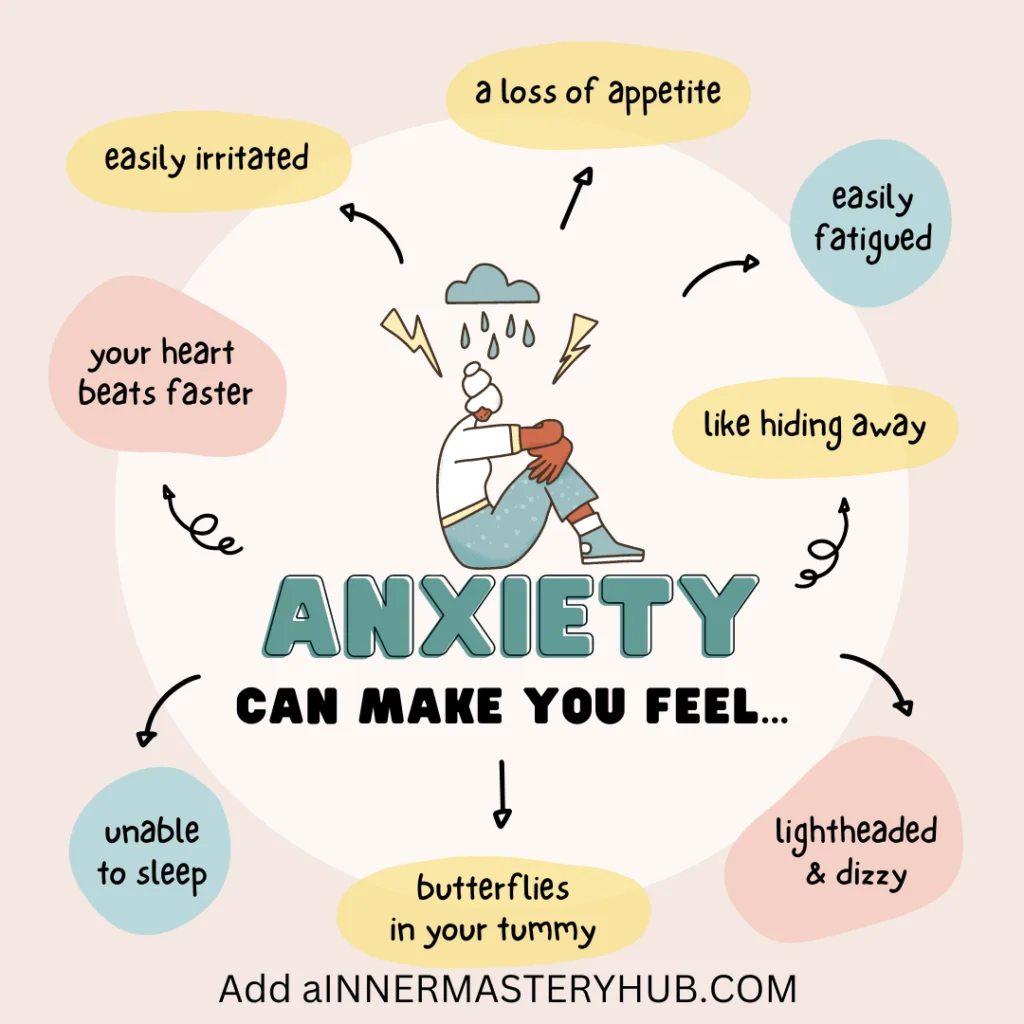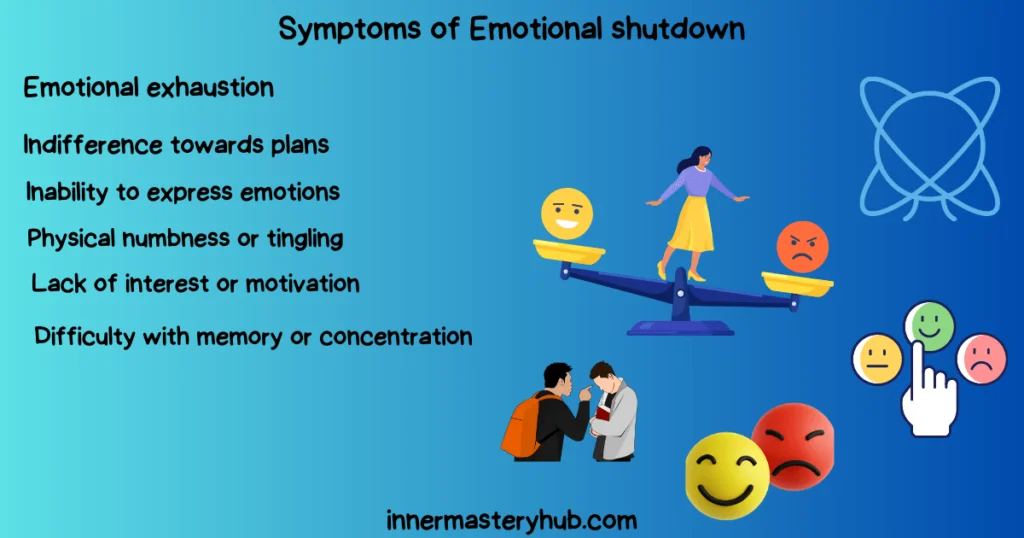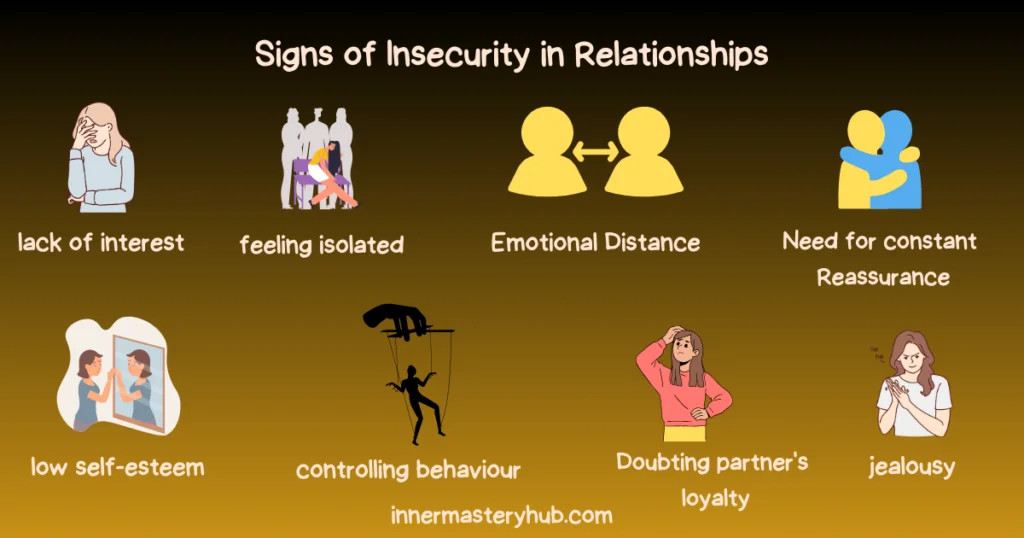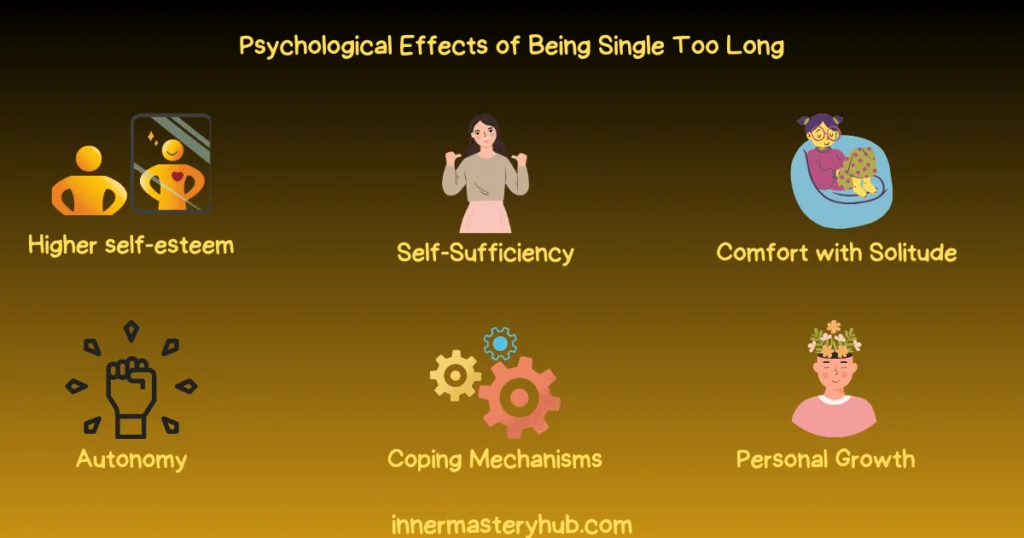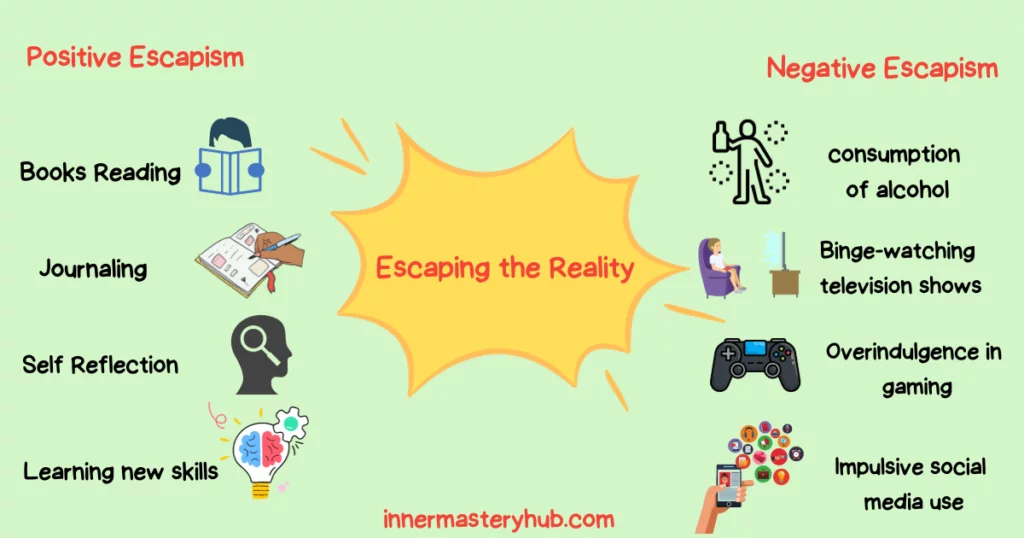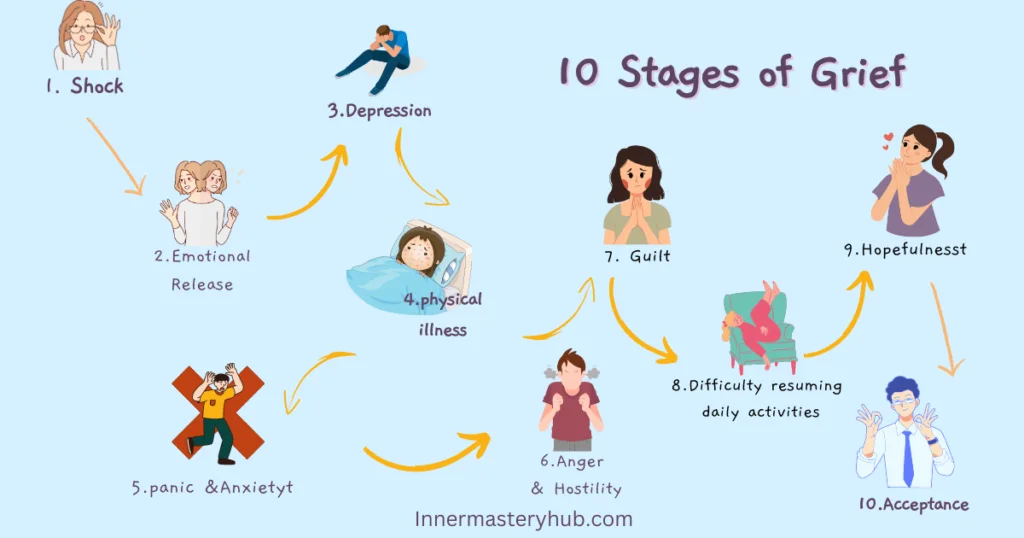
Navigating through the turbulent waters of grief can be quite a challenge. It’s a profoundly personal journey filled with complex emotions. However, understanding the stages of grief can help provide some much-needed structure and clarity during this challenging time. It’s like having a roadmap to guide us through the healing process.
In this article, we’ll explore the concept of grief from different angles. We’ll look at the traditional five phases of grief introduced by psychiatrist Elisabeth Kübler-Ross, the more detailed seven grief stages model, and even an expanded model with ten steps. Remember that these stages of grief aren’t linear and don’t follow a neat pattern. They’re more like a holistic framework that helps us consciously process a loss.
Grief stages have evolved since introducing Kübler-Ross’s steps in 1969. Modern models recognize that grief is not a linear progression but a fluctuation of emotions that need to be expressed and released in any order, with some stages repeating. Comprehensive models like Rando’s six-stage model and Worden’s four tasks of mourning capture the complexity and individuality of the grieving cycle, emphasizing that it is a unique journey navigated differently by each person.
Despite the deep despair that grief brings, it’s also a testament to our capacity for love. Understanding it can eventually lead us toward acceptance and moving forward.
Table of Contents
The 5 stages of grief
The Kübler-Ross model is the name of her grief theory. These phases of sorrow have been modified for other types of loss, even though they were initially developed for sick people. Here are these steps to follow the need to process the pain:
Denial
A sense of disbelief or denial is the initial step of grief, where one refuses to accept the reality of loss. This defence mechanism temporarily relieves the pain, often manifesting as disbelief and numbness. It’s a natural reaction that helps to cushion the immediate shock when dealing with a loss.
Anger
Anger, the next stage, is a raw and profound emotional response to loss. It often presents as frustration directed at oneself or around others, a rebellion against the unfairness of the situation, or resentment towards the pain caused by the loss.
Bargaining
Bargaining, another phase, is marked by attempts to negotiate or make deals, often with a higher power, in a desperate search to escape or reverse the loss. It reflects the struggle to find meaning and regain control in Isolation and the overall feeling of loneliness.
Depression
Depression is characterized by profound sadness and hopelessness. It’s a deep emotional descent into despair, marked by intense feelings of emptiness, withdrawal from the world, and lack of interest.
Acceptance
Acceptance, the final stage, is the gradual realization and understanding that life must go on despite the loss. It’s not about forgetting or letting go but learning to live with the loss, finding new meaning, and moving forward with resilience and hope.
10 Stages of Grief
Stage 1: Shock
Shock is an immediate reaction to sudden and traumatic events, often characterized by disbelief, numbness, and disconnection from reality. Here are some real-life examples of shock:
- Following a sudden and unexpected death, in Isolation, an individual may feel numb and unable to process the reality of the loss, disbelieving the news even when credible sources confirm it.
- After being involved in a severe car accident, a person can be in shock, disorientation, confusion, and difficulty understanding what has just happened.
- On losing a job unexpectedly, an individual may go through a period of shock, finding it hard to accept reality and feel like they are in a dream.
Stage 2: Emotional Release
Emotional Release is a process of freeing oneself from repressed and pent-up emotions with relief, lightness, and clarity. It’s a normal part of the grief cycle.
- A woman holding back her grief after losing a parent may finally find Release during counselling, breaking into tears and allowing herself to express sorrowfully.
- A man burdened with work stress may find an emotional release in a vigorous workout, channelling his frustration into physical activity and feeling a sense of relief afterwards.
- After hiding feelings of anger and resentment towards a friend for a perceived slight, an individual may finally confront them, expressing their emotions honestly, which leads to a sense of liberation.
Stage 3: Depression and Isolation
Depression and Isolation is a phase, a stage of the grieving process, where individuals may withdraw from social activities and relationships and experience persistent sadness, hopelessness, or a lack of interest in things they previously enjoyed.
- After the death of a spouse, a person can abandon their hobbies, spend more time alone, and show a lack of interest in anything that used to bring them joy.
- A person diagnosed with a chronic illness might exhibit signs of depression, such as persistent sadness, loss of energy, and a decreased desire to engage in social activities.
- Following a breakup, someone might isolate themselves from their friends, lose interest in going out or meeting new people, and experience prolonged sadness or crying.
Stage 4: Physical Illness
Physical pain refers to diseases or health conditions that affect the physical body, often characterized by symptoms such as pain, fatigue, and organ dysfunction. Here are some real-life examples of people experiencing physical symptoms of distress:
- A middle-aged man might be diagnosed with cardiovascular disease, characterized by chest pain, breathlessness, and frequent fatigue, which could affect his daily activities and quality of life.
- A young woman might suffer from chronic migraines, leading to severe headaches, sensitivity to light, and nausea, resulting in frequent absences from work or school.
- An older adult might be living with arthritis, leading to persistent joint pain and stiffness, limiting their mobility and ability to perform daily tasks independently.
Stage 5: Panic and anxiety
Panic and feelings of anxiety often accompany stressful or threatening situations, characterized by feelings of intense fear and discomfort.
- Before a significant presentation or public speaking engagement, a person might feel their heart racing, start sweating excessively, and find it difficult to focus on anything else due to intense worry about their performance.
- After moving to a new city, an individual experiences constant unease and restlessness, fearing they won’t fit in or find their place in the new environment.
Following a traumatic event such as a car accident, a person might develop intense anxiety about getting behind the wheel again, with even the thought causing panic attacks.
Stage 6: Anger and Hostility
Anger and hostility are intense negative emotions that can manifest during stress or conflict, often characterized by antagonistic attitudes, irritability, and a readiness to fight or argue.
- In a tense office environment, employees might become excessively critical of their colleagues’ work, showing hostility through negative comments and blame-shifting.
- After being passed over for a promotion, an individual may harbour anger towards their superiors, perceiving the decision as unfair or biased.
- A teenager rebels against parental authority angrily through aggressive behaviour, verbal outbursts, or rule-breaking and may feel guilty for these outbursts.
Stage 7: Guilt
Guilt is a complex emotion that arises when a person believes they have done something wrong or failed somehow, often characterized by regret, remorse, and a desire to make amends. Here are some real-life examples of feelings of Guilt:
- A parent may feel Guilt for not being able to spend enough time with their children due to work commitments, leading to feelings of unease and a desire to compensate during their free time.
- After saying harsh words in a moment of anger, an individual experiences guilt, leading them to seek forgiveness from the person they hurt.
- A student who cheated on an exam might feel guilty about their dishonesty, prompting them to confess or work harder to compensate for the misdeed.
Stage 8: Difficulty Resuming Normal Routines
Difficulty Resuming Normal Routines refers to the struggles associated with returning to regular habits and routines after experiencing a major life event or a significant change in circumstances. This often includes feelings of being overwhelmed, a lack of motivation, and an overall sense of being out of sync with life.
- After an extended lockdown due to the COVID-19 pandemic, an individual may find it difficult to return to their routine of commuting to work, socializing with colleagues, and managing work-life balance.
- Returning to a regular work routine might be difficult for a new mother after maternity leave, as she may struggle with leaving her newborn at daycare and balancing her professional responsibilities.
- Individuals recovering from a significant surgery or Illness might find it hard to gradually resume their daily routines, as physical limitations and fatigue could pose significant challenges.
Stage 9: Hopefulness
Hopefulness refers to the optimistic attitude of expecting the best possible outcome in any given situation. A sense of anticipation, positivity, and a firm belief in the potential for good characterizes this emotion. Here are some real-life examples of Hopefulness:
- Despite multiple rejections, a job seeker maintains hope by continually applying to new positions, believing the right opportunity is just around the corner.
- A student preparing for a difficult exam may remain hopeful by envisioning success, focusing on the promise of achievement rather than the fear of failure.
- Despite the planet’s challenges, an environmentalist remains hopeful by believing in the power of collective action to combat climate change and promote sustainability.
Stage 10: Acceptance and Moving Forward
Acceptance and Moving Forward refer to acknowledging and making progress despite challenges. This often involves an attitude of resilience, adaptability, and a determined focus on personal growth when despair begins to fade away.
- After losing a beloved pet, a family may reach acceptance after the painful memories dissolve, and they might choose to move forward by adopting a new pet.
- After experiencing a divorce, an individual may reach a point of acceptance, acknowledge the end of the marriage, and move forward by focusing on self-improvement and building new relationships.
What Are the 7 Stages of Grief?
- Shock and Denial: This is the initial phase of grief, where the individual has difficulty accepting the loss. For instance, after losing their job, a person might continue their daily routine as if they are still employed.
- Pain and Guilt: As the reality of the loss sets in, individuals may experience intense pain and Guilt. For example, someone who has lost a loved one might regret not spending more time with them.
- Anger and Bargaining: Individuals may express anger towards themselves or others and try to bargain with a higher power to alleviate their loss. A person who has received a terminal diagnosis might express anger towards their doctor and negotiate for more time.
- Depression, Reflection, and Loneliness: A period of sad introspection may occur, along with feelings of loneliness. For example, someone recently divorced might spend time reflecting on the relationship and feel intense loneliness.
- The Upward Turn: The individual starts to adjust to their new life and the reality of the loss. For instance, a person who has been laid off starts to adapt to their new daily routine.
- Reconstruction and Working Through: The person begins to look forward and plan for the future again. A person mourning the loss of their spouse might start considering life decisions independently.
- Acceptance and Hope: In the final stage, the individual accepts the reality of their failure in smaller doses and starts looking towards the future with hope. For example, someone who has lost their job agrees with the situation and begins to explore new career opportunities optimistically.
What are the most complicated stages of grief and loss?
While each stage presents challenges, the depression stage can often be the most complicated. Marked by intense sadness and hopelessness, it can feel stuck in a bottomless pit of despair, making it difficult to see a way forward, thus complicating the healing process. Remind yourself healing is returning.
How long do stages of grief last?
The length of each grief stage is profoundly individual and can differ significantly from person to person, with no set timeline. Some may linger in a particular location for weeks, while others may cycle through the settings more rapidly. The key is to understand that everyone’s grieving experience is unique, and it’s essential to allow oneself the time and space to navigate through the stages of grief at their own pace.
Is it possible to repeat the stages of grief?
Indeed, it is possible to repeat these phases. Grieving is not a linear process; individuals may oscillate between different stages of grief before reaching a stage of acceptance. It’s also common to revisit specific steps when triggered by reminders of the loss or during event anniversaries. This cycle through the phases of grief is perfectly normal.
I didn’t go through the phases of grief — how will this affect me?
Not going through the traditional phases of grief isn’t necessarily negative. Each person’s experience is unique; not everyone will experience every stage or in the same order. It’s crucial to understand that grief is a highly individual experience, and there’s no “right” or “wrong” method to express it.
Is it essential to understand the phases of grief?
Understanding the phases of grief is crucial as it offers a roadmap to navigate through the complex emotions associated with loss. It provides structure, aids in the conscious processing of pain, and eventually guides towards acceptance and moving forward, thus promoting healing and resilience.
How do you know what stages of grief you are in?
Recognizing your stage of loss involves self-reflection. Look for signs such as denial or disbelief to indicate the denial phase, anger or frustration for the anger stage, attempts to negotiate or make deals during bargaining, feelings of hopelessness in the depression stage, and a sense of understanding and moving on in the acceptance stage.
How to Help Someone Who Is Grieving?
Helping a grieving person involves being patient, empathetic, and supportive. Here are a few practical ways to provide comfort:
- Be there for them: Offer a listening ear, showing empathy and understanding and helping them accept it in smaller doses.
- Avoid clichés: Phrases like “everything happens for a reason” may seem dismissive.
- Encourage expression of feelings: They mustn’t suppress their grief.
- Offer practical help: Assist with tasks like meal preparation or childcare.
- Remind them of professional service: Therapists or support groups can guide you during difficult times.
Frequently asked questions
What are the five stages of grief in order?
- Denial
- Anger
- Bargaining
- Depression
- Acceptance
Which stage of grief is most challenging to deal with?
The “hardest” stage can be a challenge, as each person’s experience with grief is unique and deeply personal. Many individuals find the set of “Depression, Reflection, Loneliness” particularly challenging. This is when the full magnitude of the loss fully sinks in, leading to deep sadness, helplessness, and Isolation.
In this stage, individuals often engage in introspection, grappling with the reality of their loss and its impact on their lives. The loneliness experienced can make the pain of the loss feel even more pronounced, making it a difficult stage to navigate.
How long does grief last?
The grief cycle varies from person to person, with no standard timeline. It can last months or even years, depending on factors like the nature of the loss, coping mechanisms, and support systems. Remember, it’s okay to grieve as long as needed and seek professional help for guidance and support when necessary.
What are the 3 Cs of grief?
The 3 C’s of grief offer guidance in navigating the grieving journey:
- Choice: Individuals can choose how to react to loss, allowing themselves to feel grief instead of avoiding or suppressing emotions.
- Connecting with others through discussions, grief support groups, or loved ones provides comfort and a sense of community because most individuals feel better after telling someone.
- Continuation: Grief is a journey, not a destination. While the pain may never entirely disappear, individuals can continue their lives, incorporating loss into their stories and remembering loved ones uniquely.
What is the final step in the grief cycle?
The final stage is “Acceptance and Hope.” This stage signifies the acknowledgement of the irreversible nature of the loss. While it doesn’t imply happiness, individuals start looking toward the future with renewed hope, having incorporated the reality of their loss into their lives.
10 stages of grief after a breakup
Emotional pain followed by unresolved grief involves the following steps:
- Denial: Unwillingness to accept the separation.
- Shock: Feelings of disbelief and numbness.
- Bargaining: Making promises or efforts to get the relationship back.
- Relapse: Brief moments of reconnecting or backsliding on progress.
- Anger: Blaming the ex-partner or oneself.
- Initial Acceptance: Admitting the relationship is over.
- Rebound: Seeking comfort in new relationships.
- Despair: Deep sadness and loneliness.
- Growth: Learning from the experience.
- Final Acceptance: Moving forward and embracing singlehood and beginning to feel strengthened.
What can grief feel like?
Grief can feel like a tumultuous sea, where emotions of despair, anger, and sadness surge unpredictably. It can be a profound sense of loss, a void that seems impossible to fill, and a relentless longing for what it once was. Amidst the storm, there are moments of quiet reflection and poignant acceptance.
How do you know what grief stage you are in?
Grief can feel like a tumultuous sea, where emotions of despair, anger, and sadness surge unpredictably. It can be a profound sense of loss, a void that seems impossible to fill, and a relentless longing for what it once was. Amidst the storm, there are moments of quiet reflection and poignant acceptance.
Realizing the full extent of the stage of grief involves self-reflection on your emotional state. Look for crucial emotions associated with each step, such as denial, anger, bargaining, depression, and acceptance. It’s a personal process, and actions aren’t necessarily sequential. Professional support, such as a therapist, can offer valuable insights and coping with grief support.
REFERENCES:
- Newman L. Elisabeth Kübler-Ross. BMJ. 2004;329(7466):627.
- Newman L. Elisabeth Kübler-Ross. BMJ. 2004;329(7466):627.

